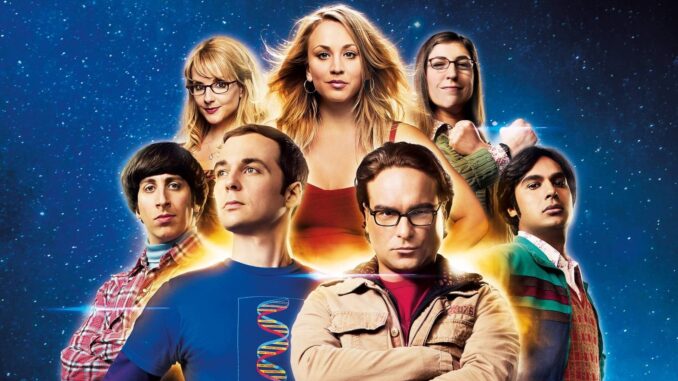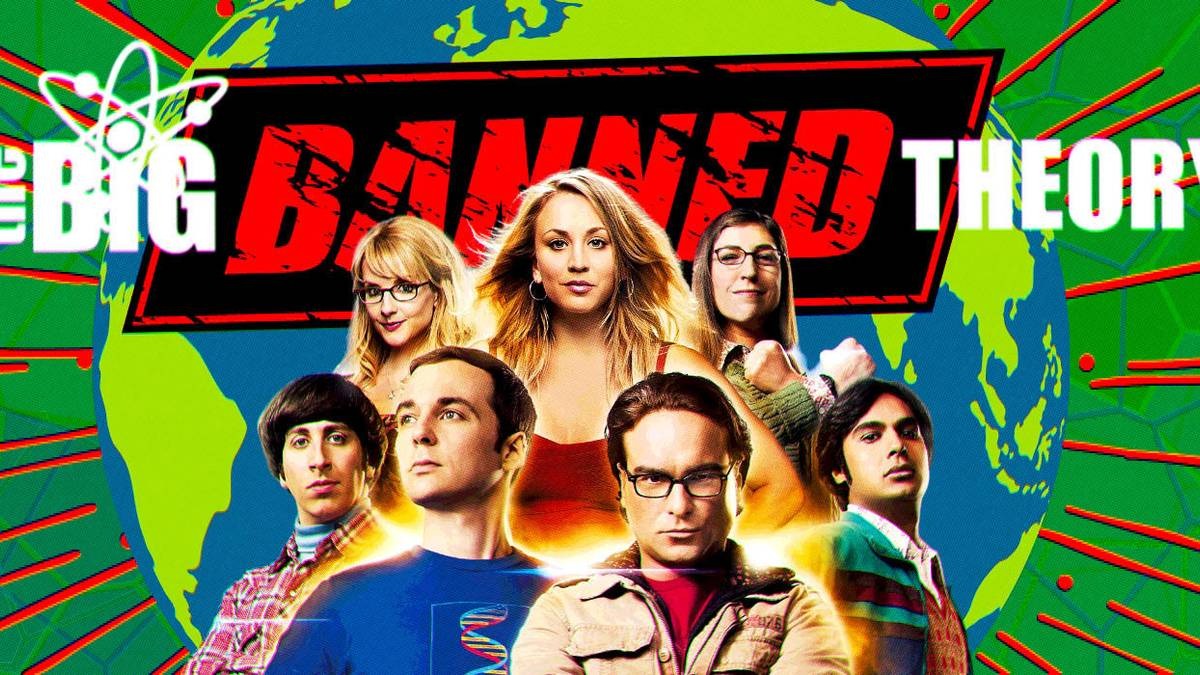
A Sitcom That Did the Unexpected
When you think about sitcoms that challenge stereotypes, your mind probably jumps to shows with bold, loud, in-your-face storylines. But The Big Bang Theory took a completely different route. It broke stereotypes quietly—subtly—and without any dramatic coming-out scenes or special episodes. Instead, it rewrote the rules of representation by simply letting characters be themselves.
So how did a comedy about scientists manage to reshape TV norms without even trying too hard? Let’s dig in.
A Breakthrough Show That Never Announced Its Mission
Redefining Masculinity Through Nerd Culture
The show normalized behaviors historically labeled “uncool” or “unmanly.” Four male leads obsessed with physics, video games, comic books, and cosplay? Before this sitcom, that setup would have been a punchline. Instead, The Big Bang Theory made it mainstream.
Men Who Felt, Cared, and Struggled
Leonard expressed emotions openly. Raj talked about insecurities freely. Sheldon rejected conventional masculinity entirely. The series treated emotional vulnerability as normal rather than weak.
Breaking Stereotypes Without a Lesson-of-the-Week
While some shows present moral lessons, The Big Bang Theory avoided that. It simply let the characters live authentically, allowing viewers to accept them naturally.
Smart Women, Socially Dominant Women, and Women Who Didn’t Fit the Mold

Penny as the Unexpected Anchor
Penny wasn’t the stereotypical “ditzy blonde.” She was emotionally intelligent, socially skilled, and able to hold her own in any scene. She balanced the group without ever being reduced to a trope.
Amy Fowler: Science, Humor, and Complexity
Amy blended scientific brilliance with awkwardness, ambition, and vulnerability. She wasn’t written as a caricature of a “female nerd,” but as a fully developed human.
Bernadette: Tiny but Terrifying—in the Best Way
Bernadette defied stereotypes through contrast. Her high-pitched voice and small frame hid a fierce personality, strong opinions, and leadership.
Representation Without Declaration
Raj’s Journey of Self-Acceptance
Raj’s inability to talk to women at the start seemed comedic, but the show gradually unpacked it as anxiety—not a stereotype. Even his closeness to Howard broke the mold of how male friendships “should” look on TV.
Howard’s Growth From Cringey to Caring
Howard started as a walking stereotype, but the writers pivoted him into a loving husband, devoted father, and successful engineer.
Sheldon: A Character Who Rejected Labels Entirely
The show never forced labels onto Sheldon—romantic, sexual, or social. His identity unfolded naturally, making him one of television’s most unique characters.
Normalizing Intelligence Instead of Mocking It
Smart People Were the Cool People
The show flipped the script—intelligence became aspirational. Their equations, theories, and achievements weren’t sidelines; they were the main plot.
Comedy That Didn’t Punch Down
Instead of laughing at the characters, viewers were invited to laugh with them. This was a small but significant shift in how “nerdy” people were portrayed.
Science as a Social Equalizer
The show made discussions about string theory, dark matter, and quantum mechanics feel like casual conversation at home.
Relationships That Weren’t Defined by Tropes
Leonard and Penny: The Anti-Cliché Couple
A scientist and an actress? Sure. But Penny wasn’t a “project.” They learned from each other, challenged each other, and grew together.
Sheldon and Amy: A Relationship Built on Consent and Boundaries
Their partnership showed that intimacy doesn’t need to follow a formula. They created their own rulebook—literally.
Howard and Bernadette: Equal Power, Equal Partnership
Their dynamic reflected real marriages—imperfect, funny, and full of compromise.
Breaking Stereotypes Without a Coming-Out Arc
No Character Needed to Announce Their Identity
The show didn’t rely on dramatic “identity reveal” episodes. It showed that authenticity does not require explanation.
Fluidity in Interests and Personalities
Characters crossed typical gender lines effortlessly—cooking, crafting, gaming, gossiping—without judgment.
Silent Representation Is Still Representation
By not spotlighting stereotypes, the show proved that normalization can be subtle and still powerful.
Conclusion
The Big Bang Theory didn’t break stereotypes by confronting them loudly. Instead, it dismantled them by ignoring the rules entirely. The characters lived outside boxes, stereotypes, and labels—and the audience embraced them without needing explanations. The show’s legacy proves one powerful truth: when you stop forcing people into categories, you let them shine exactly as they are.
